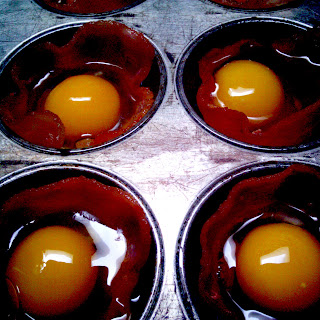~Lewis Carroll, The Walrus and the Carpenter
The Chickabiddy has started school again. And school means packing lunches. And one thing the Chickabiddy loves is sandwiches. Especially peanut butter and jelly sandwiches. This is not uncommon. According to the Great Food Almanac, the average American student will have consumed approximately 1,500 peanut butter and jelly sandwiches upon graduation from high school. That's a lot of PB&J!
As I have stated before and will state again and again, I love baking bread! There is something magical and therapeutic in the process. So each weekend I bake bread so that we have it for the following week for packed lunches or with dinner or just as a snack.
The varieties of breads one can make are pretty endless. From white breads and brown breads, whole grain breads, unleavened and leavened breads, sourdough breads and flatbreads. One of my favorite breads to make is Honey Whole Wheat. It has the whole wheat nutrition, but as it also uses white flour it is lighter and easier to make than 100% whole wheat bread.
I mill my own whole wheat because whole wheat and graham flours contain the oil-rich germ of the wheat kernel and this means that, while it is great nutrition, overflowing with vitamins B and E as well as unsaturated fat and protein, it is easily spoiled and therefor has a short shelf life.
For this reason it is hard to stock-up on whole wheat flours. They just do not last that long. But the un-milled grain will last 30 years or more. I have several five gallon, airtight stainless steel containers filled with grain.
 |
| Red Wheat Berries |
 |
| Freshly milled wheat |
Either way, once you have eaten freshly baked bread prepared from whole grains, you won't want any other kind.
Honey Whole Wheat Bread
3 cups stone-ground whole wheat flour1/3 cup honey
1/4 cup lard
1 Tbs salt
2 packages active dry yeast
2 1/4 cups very warm water (120°F to 130°F)
3 to 4 cups all-purpose flour
Mix the whole wheat flour, honey, lard, salt and yeast in large bowl. Add the warm water. Beat this mixture with an electric mixer on low speed for about one minute, scraping the bowl frequently. Beat on medium speed for one minute, scraping the bowl frequently.
Stir in enough all-purpose flour, one cup at a time, to make dough easy to handle. You want it to to be just slightly tacky so that it clings to your hand if you press against it but does not stick to it and leave you dough-covered.
Turn your dough onto a lightly floured surface and knead it about 10 minutes or until it becomes smooth and elastic.
How do you know when bread is sufficiently kneaded? The dough will lose its tackiness and become smooth and springy. As it is almost impossible to over-knead bread, it is better to knead too much than not enough.
Place the dough in a greased bowl and turn the dough around to cover all sides. Lightly cover and let it rise in a warm place for 40 to 60 minutes or until the dough is about double in bulk.
The dough is ready if you poke it with you finger and the indentation remains.
Grease the bottoms and sides of two loaf pans. Nine-inch by 5-inch or 8 1/2-inch by 4 1/2-inch pans work perfectly.
Punch down the dough and divide it in half.
Form a loaf with each half of the dough and place them in the pans.
Sprinkle the loaves lightly with whole wheat flour.
Cover and let them rise in a warm place for 35 to 50 minutes or until about double in size.
Before you preheat your oven, move the oven rack to a low position so that the tops of pans will be in center of the oven. Preheat the oven to 375°F.
Bake the loaves for 40 to 45 minutes or until they are a deep golden brown and sound hollow when tapped.
Remove the loaves from the pans to a wire rack and let them cool about 10 to 15 minutes before slicing (this is the hardest part as the smell will be driving you wild).
And remember, it is as Robert Browning said, "If thou tastest a crust of bread, thou tastest all the stars and all the heavens."






















